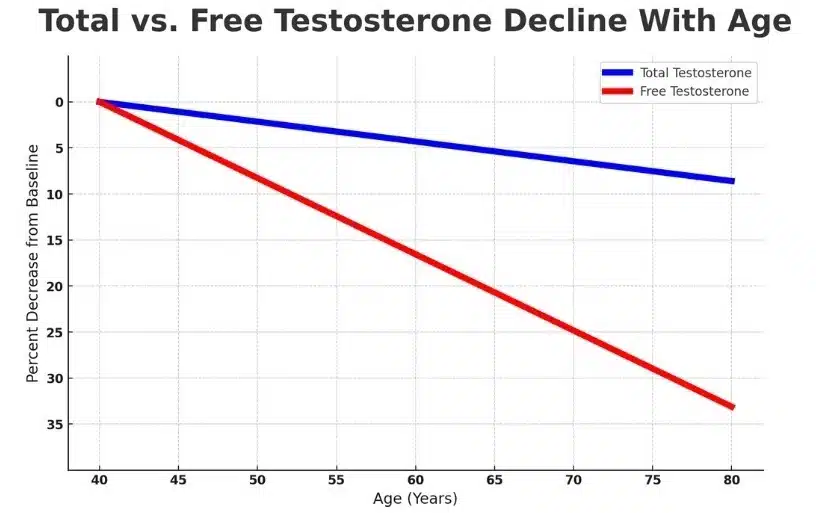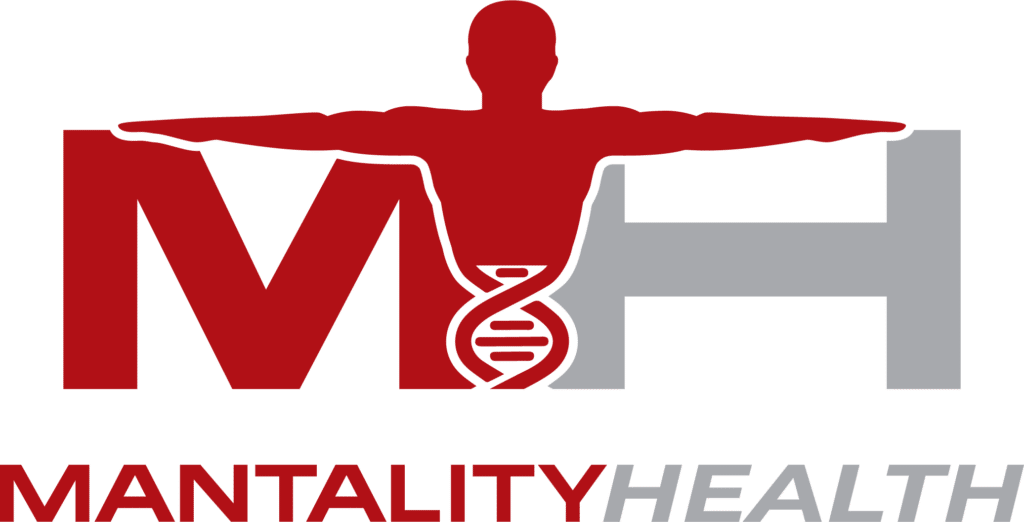Resources
Latest Posts
Not sure if you even need the Testosterone Therapy? Take our quiz
Take our Free 2-Minute Quiz and find out if you have low testosterone.
About Mantality
Have Questions? Don't hesitate to get in touch with us
Click here to get in touch with us!


